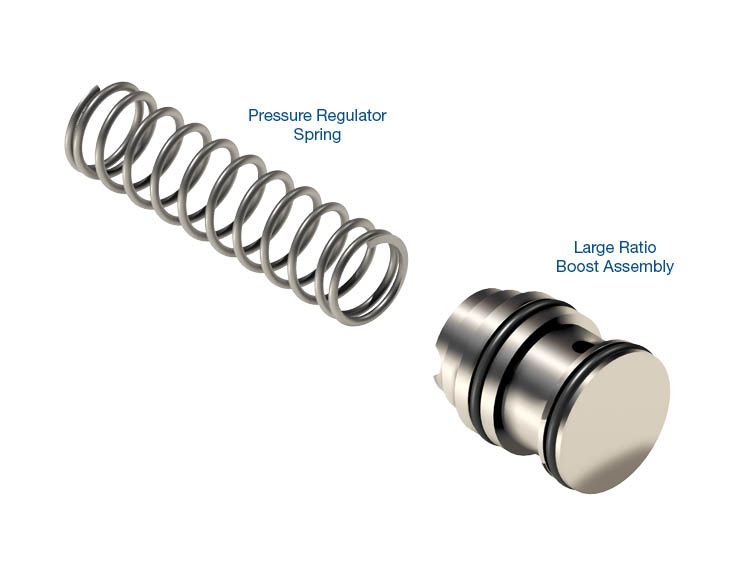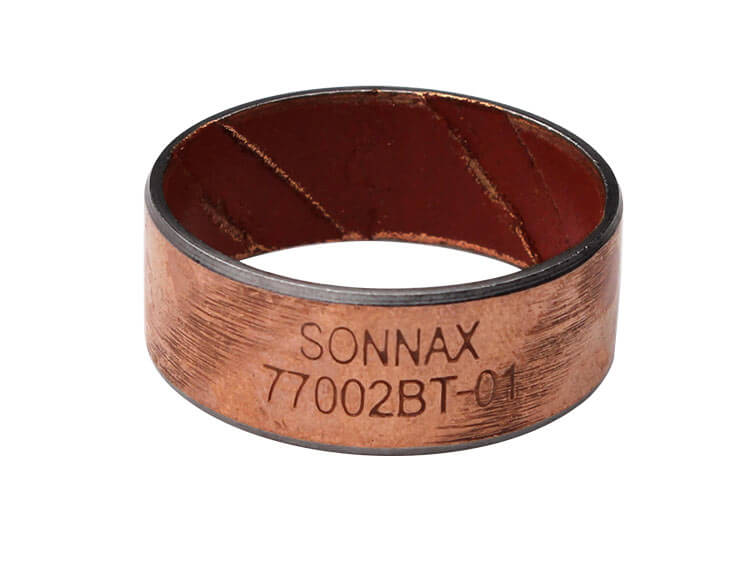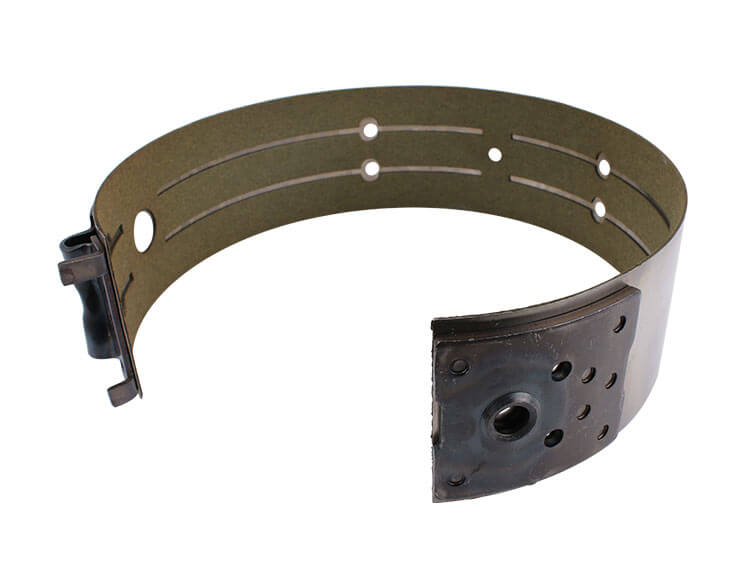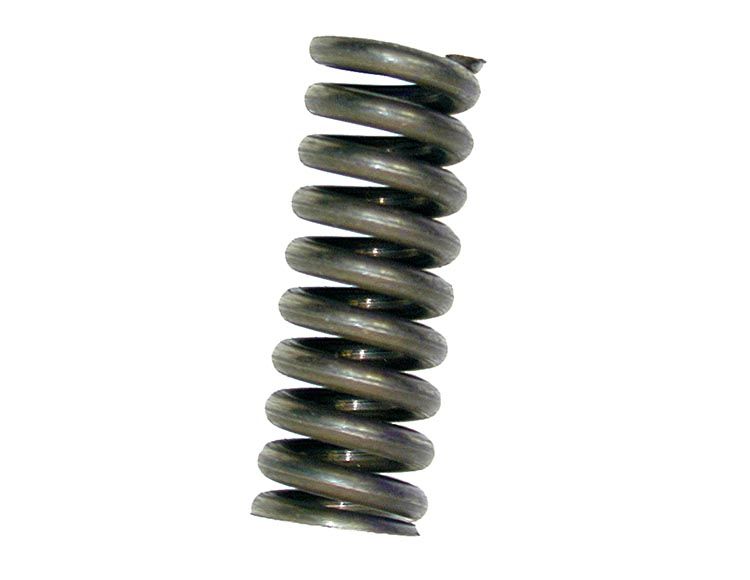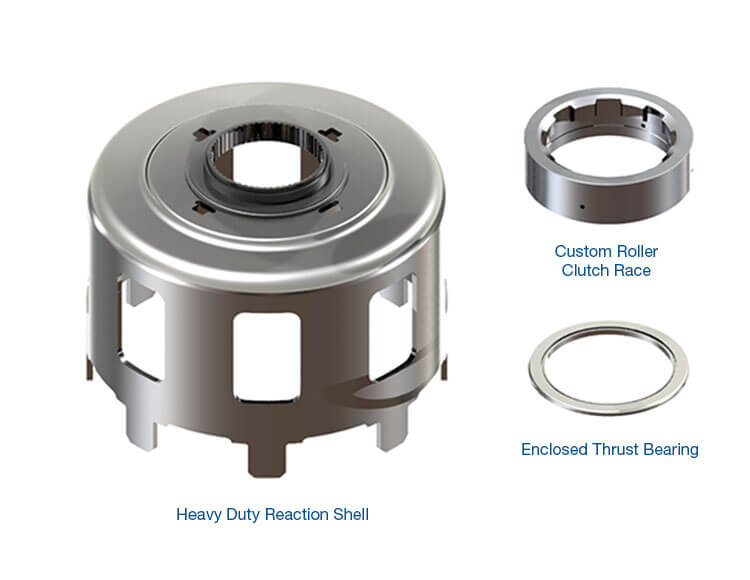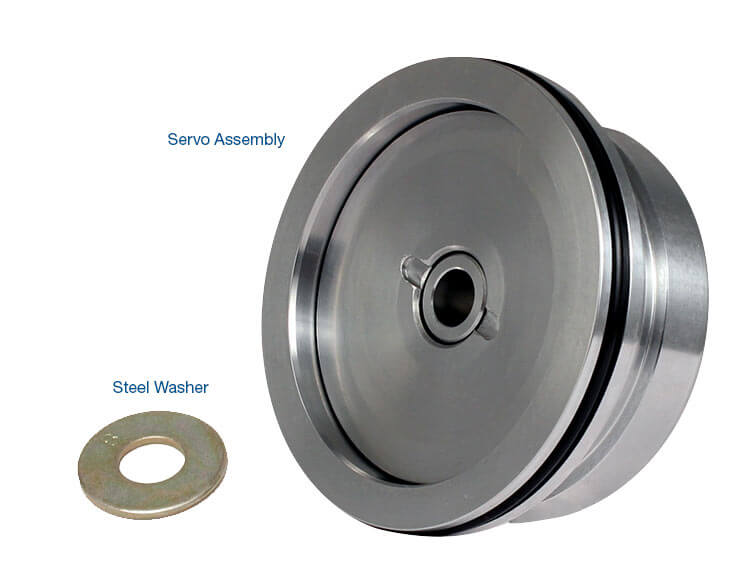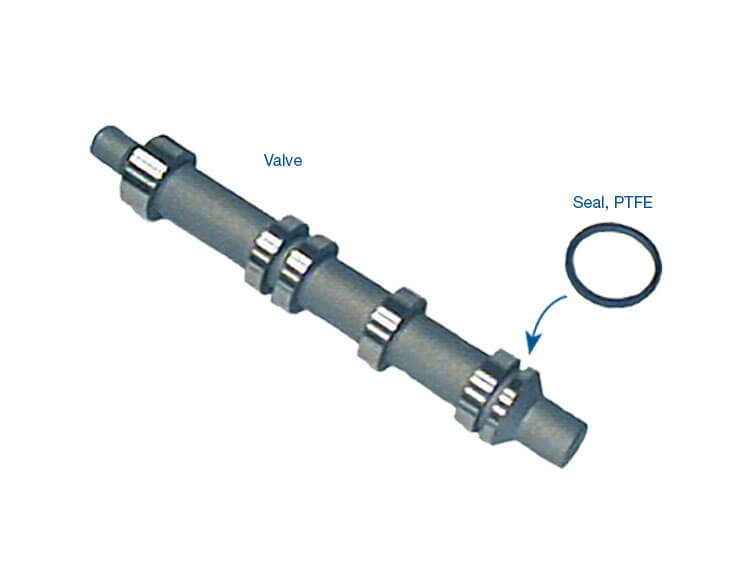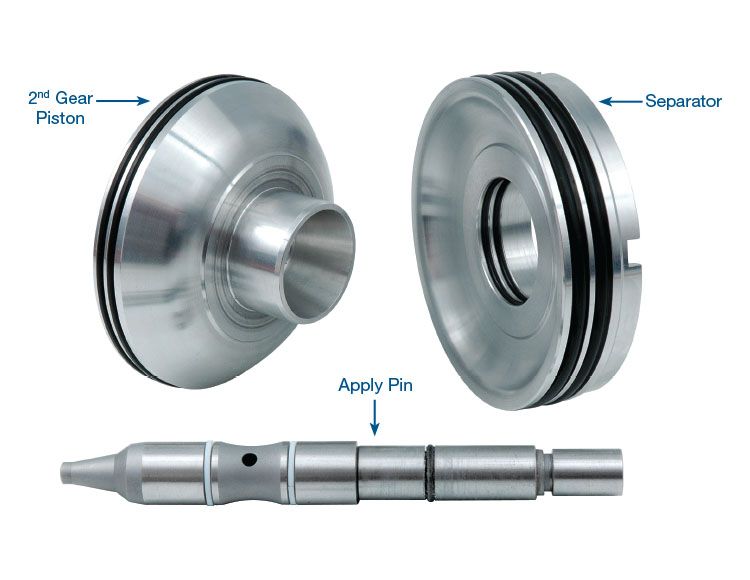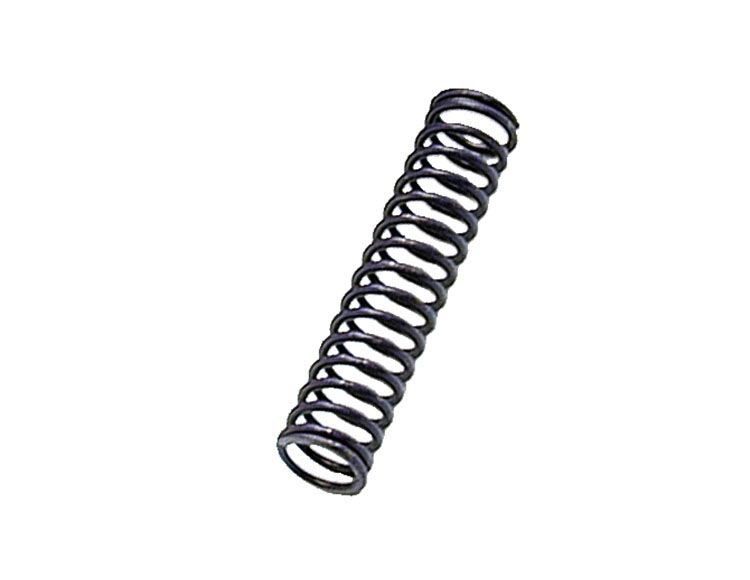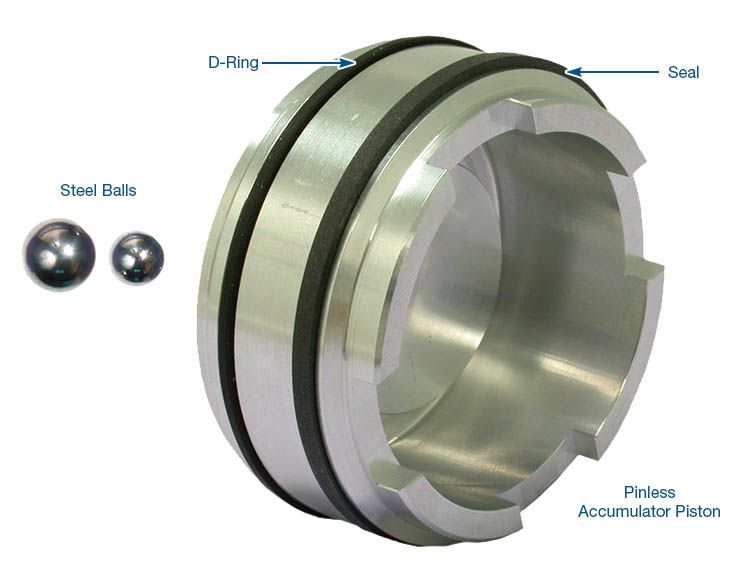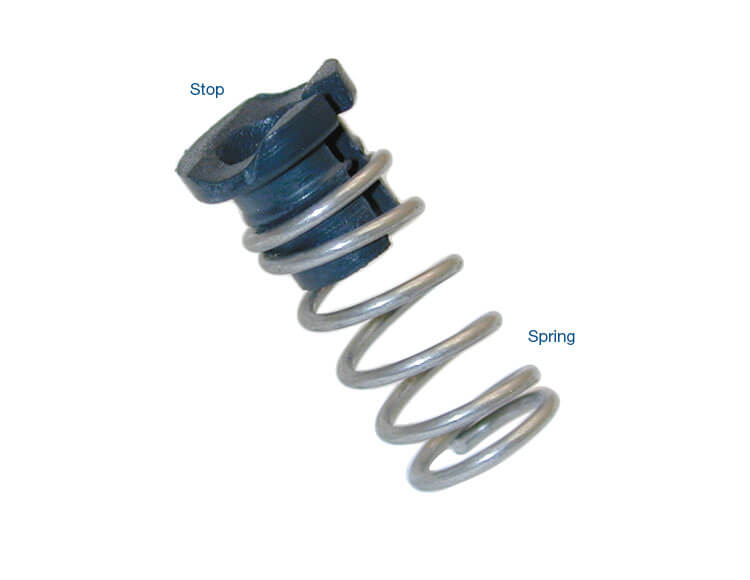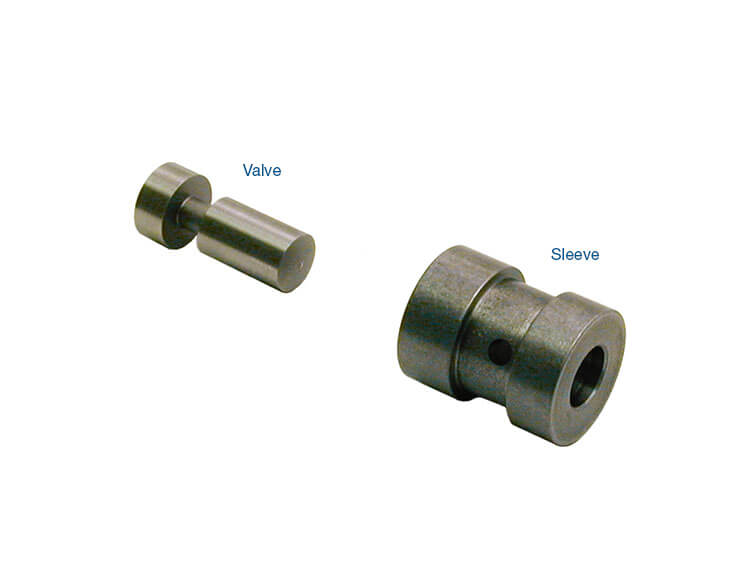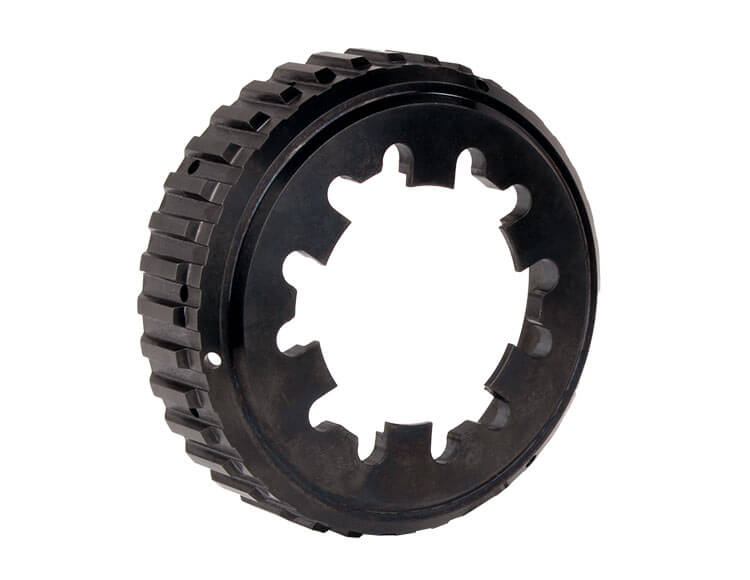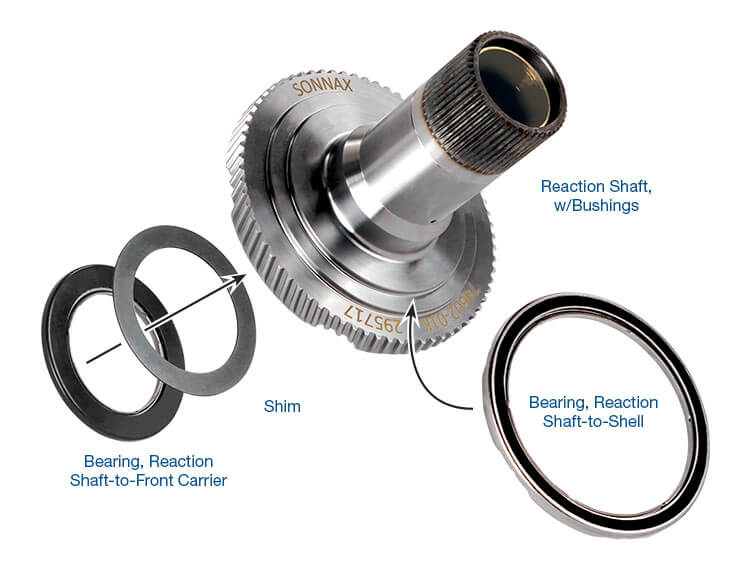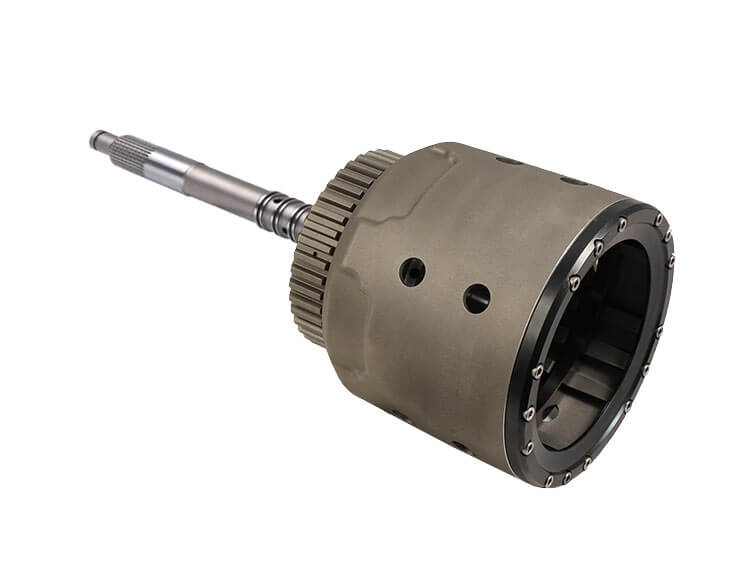April 07, 2015
700-R4 (4L60) Performance Transmission Build Guide
Gregg Nader
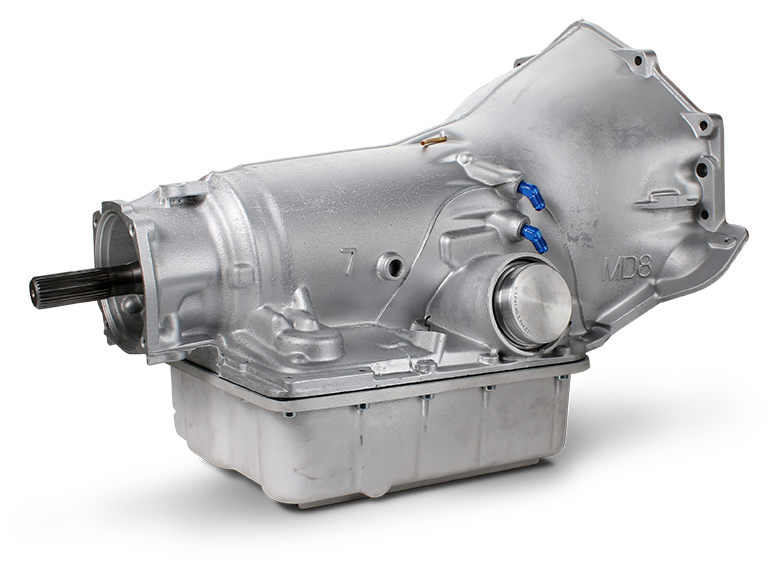
700-R4 (4L60) Performance Transmission
Introduced in 1982, the 4-speed Overdrive GM 700-R4 transmission — also known as the 4L60 — remains a popular option for street/strip performance applications. Most of the unit’s internal components are shared with the ’93-later 4L60-E, which was regularly improved/revised up through 2010. This means many of the Sonnax parts developed to improve 4L60-E performance and durability also can be used in the 700-R4.
As a little background, the 700-R4 is a GM Turbo-Hydramatic unit known by a number of acronyms, including TH700R4, TH 700R4, THM700R4 and THM 700R4. A little less commonly known is that the 700-R4 is the exact same transmission as a GM 4L60. The OEM simply changed the official name of the unit in 1989 — some eight years after the 700-R4 was introduced. This new naming convention continued with the later 4-speed, electronically-controlled series of units designated as the 4L60-E, 4L65-E, 4L70-E and 4L75-E. The valve body itself is the biggest difference between these two types of 4-speeds. The 700-R4 has a cast iron valve body controlled by throttle cable and mechanical governor determining shift points. The 4L60-E has an aluminum valve body with computer-controlled solenoids actuating the shifts.
| 1982 | 1987 | 1989 | 1993 |
|---|---|---|---|
| 700-R4 Introduced | 700-R4 Auxiliary Valve Body Introduced | 700-R4 Name Changed to 4L60 |
|
Benefits of the 700-R4 are many. A steep 1st Gear gets heavy vehicles moving and makes for great burnouts, while the Overdrive 4th Gear delivers lower-cruise RPM. Compared to other transmissions, the 700-R4 is a compact unit, is familiar to many and usually simple to install without a computer. For those looking to improve 700-R4 torque capacity, a common question is: how much horsepower can the 700-R4 handle? While it’s an older transmission, the 700-R4 is no slouch and still very capable in many applications up to about 750HP. The following Sonnax transmission components are recommended for maximizing durability in any build.
Pump
Internal
- Smart-Tech® Input Housing Kit with Heavy Duty Input Shaft 77733-10KB
- SmartShell® Heavy Duty Reaction Shell Kit 77749-02K
- 2.84 Ratio Input Carrier Kit 77284-K
Case
- Servo Release Check Valve Kit 77701-076
Servo / Band
Other
- TV Cable Corrector Kit AS1-01K
Fine Tuning Shift Feel

700-R4 (4L60) Clutch Feed Orifices to Drill to Fine Tune Shift Feel
Drilling clutch feed orifices is a proven way to reduce clutch engagement time and firm-up shift feel. This helps with otherwise lazy-shifting transmissions, hardworking commercial applications or units modified for performance use. It is very easy to use the wrong size drill, though, and produce harsh shifts. If you want to enlarge feed orifices in the 700-R4 or other GM transmissions, learn how to avoid problems by picking the right drill size in our guide to Drilling Orifices the Smart Way. A good starting point when tuning transmissions for shorter shifts is to increase clutch feed holes sizes by 20% area. For even firmer shifts or with high-stall converters that tend to dampen shifts, go up to 50% larger.
Further fine tuning shift characteristics with the 700-R4’s old-school, mechanical controls is challenging, especially with the variety of OE core calibrations out there. A more modern, 4L60-E series unit with electronic controls will support easier, more predictable adjustments through aftermarket tuning techniques. If you are really looking to take performance to the next level with all the advantages of modern programming and greater horsepower potential, check out these Sonnax build charts for 4L60-E series transmissions.
Gregg Nader is the Sonnax high performance transmission product line manager. He is a member of the Sonnax TASC Force (Technical Automotive Specialties Committee), a group of recognized industry technical specialists, transmission rebuilders and Sonnax technicians.
Learn More
March 02, 2016
Building the Killer 4L60E - Top Tips for Optimizing Your Transmission Upgrades
June 06, 2018
All Over the Map: Attacking 4L60/E Burnt 3-4 Clutches with Confidence
Brian Wing
August 23, 2017
First, Do No Harm: Things You Should Know about Performance Servos
Gregg Nader
October 24, 2018
Clean Up Your Shifts with Sonnax Line Pressure Booster Kits
April 28, 2017
4L60E Performance & Heavy-Duty Transmission Build Guides
March 30, 2021
The Evolution of Automatic Transmissions Part 1: A Brief History
Jason Larochelle
March 30, 2021
The Evolution of Automatic Transmissions Part 2: Inner Workings of Hydraulic Planetary Transmissions
Jason Larochelle
Related Units
Related Parts
Required
Recommended
4L60, 4L60-E, 4L65-E, 4L70-E
SmartShell® Heavy Duty Reaction Shell Kit 77749-02K
Required
Recommended
200-4R, 4L60, TH200, TH200C
TV Plunger Spring 77968-01K
-
Helps cure:
- Low throttle pressure
- Low line pressure
Required
Recommended
Required
Recommended
While Sonnax makes every effort to ensure the accuracy of technical articles at time of publication, we assume no liability for inaccuracies or for information which may become outdated or obsolete over time.
